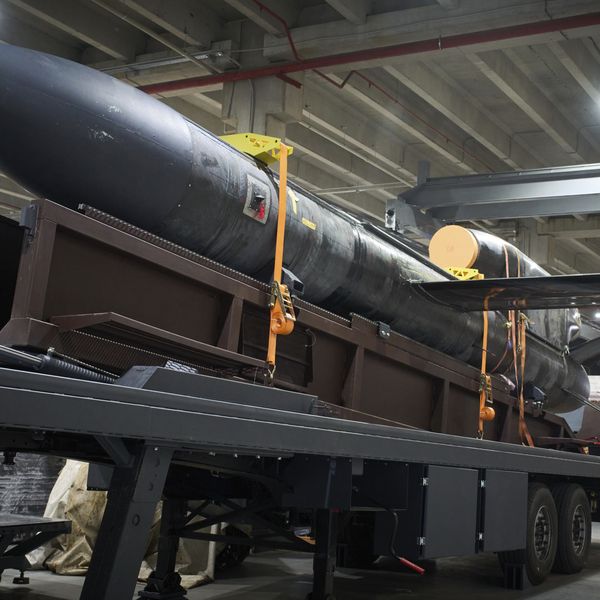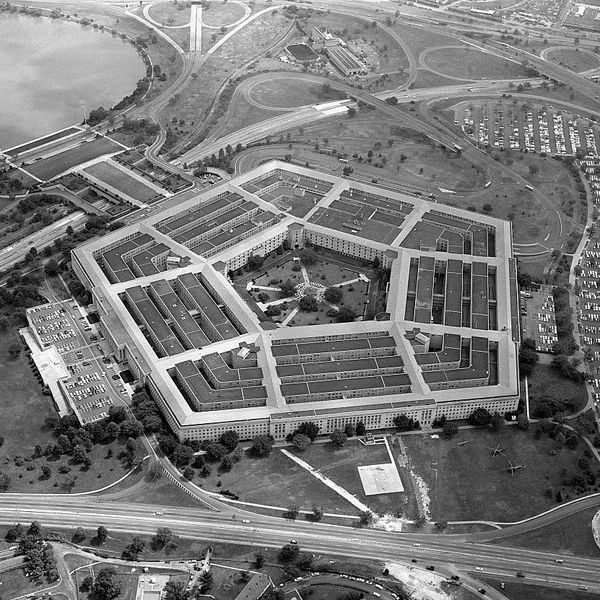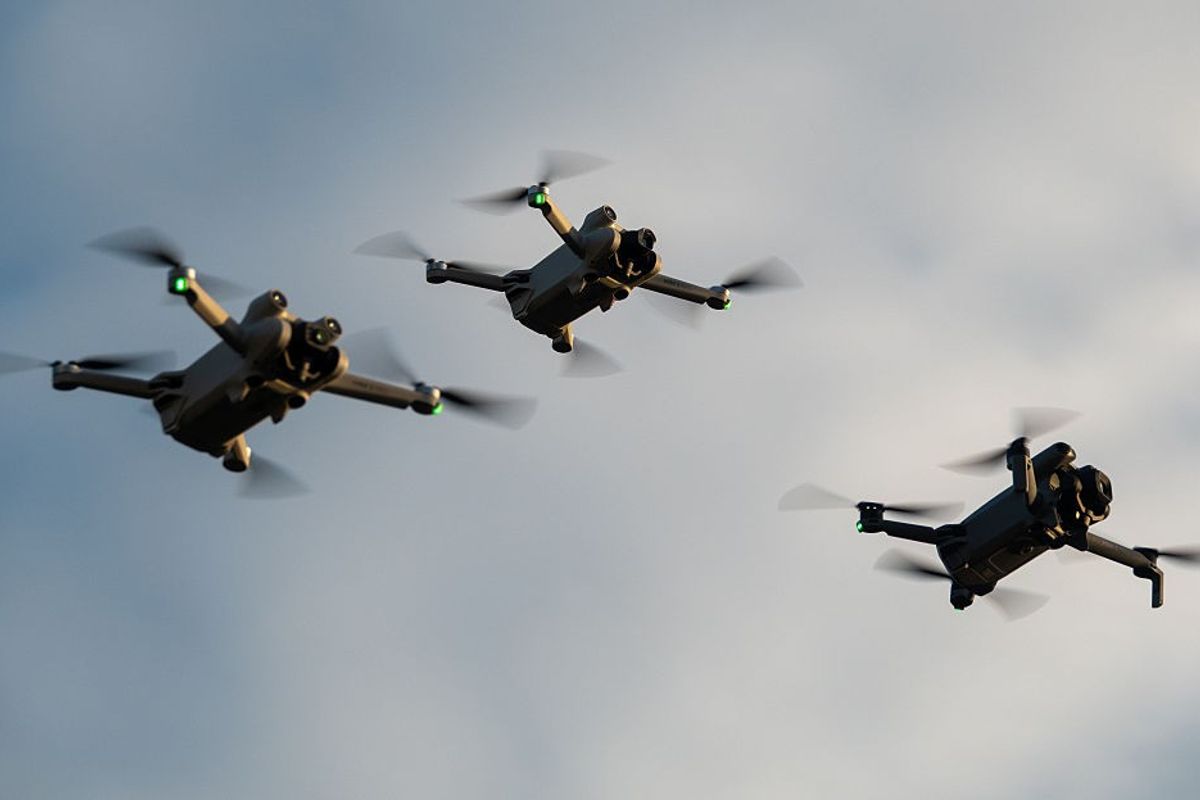OPINION — President Trump issued an executive order, “The Iron Dome for America,” on January 27, jumpstarting a major effort to deploy and maintain a “next generation” missile shield to better defend the U.S. homeland. The Missile Defense Agency has already issued a request for information from industry, with submissions due by February 28. While the “Iron Dome” name is unfortunate, creating unrealistic expectations and easy opportunities for critics, Trump’s order represents a necessary and long overdue shift in thinking and policy to begin to better address the dangerous and growing vulnerability of our homeland to ballistic, hypersonic, and cruise missile attacks.
While American attention was elsewhere, the missile threat against the U.S. homeland has grown in the past four decades, as adversaries have increased the size and sophistication of their missile arsenals. These destabilizing actions have eroded the margin of safety for Americans and increased the risk that adversaries will undertake aggression abroad based on a belief that the ability to strike the U.S. homeland would make Washington think twice before intervening to protect its interests in the Pacific, Europe, or elsewhere.
What have our adversaries been up to?
According to the Pentagon’s annual report on Chinese military power, Beijing continues to expand its ICBM arsenal as well as its conventional ballistic, cruise, and hypersonic missile capabilities. Meanwhile, Russia is specifically pursuing nuclear delivery systems designed to bypass current U.S. defenses while modernizing and expanding their strategic and nonstrategic missile capabilities, according to the U.S. Intelligence Community’s 2024 Worldwide Threat Assessment.
Russia and China are both sprinting to build long-range cruise and hypersonic missiles that can strike anywhere in the U.S. mainland with conventional warheads, and the United States is ill-prepared to respond.
The junior members of the “Axis of Aggressors” have not been idle either. From ICBMs to hypersonic weapons, North Korea is prioritizing the improvement of its missile capabilities. Iran, for its part, has continued to advance its space launch vehicle program, which could help the regime field an ICBM that could strike the United States.
The intersection of technology, defense, space and intelligence is critical to future U.S. national security. Join The Cipher Brief on June 5th and 6th in Austin, Texas for the NatSecEDGE conference. Find out how to get an invitation to this invite-only event at natsecedge.com
The gaps in homeland defense
Many in Washington talk about the growing threats from China and Russia, but the United States has consistently failed to invest sufficiently in strengthening modest existing homeland ballistic missile defenses focused on the rogue nation threat, much less build a homeland missile defense architecture to detect, track, and engage inbound cruise or hypersonic missile threats.
Today, the entire country is vulnerable to adversary hypersonic missiles, and only the airspace around the Nation Capital Region is defended from cruise missile threats.
For our homeland, the American reliance on deterrence by punishment is increasingly insufficient. Deterrence by denial must be bolstered, and the Trump administration’s effort can help.
The elements of an ‘Iron Dome’ defense
In his first term as president, Donald Trump approved a National Security Strategy that stated his first responsibility was “to protect the American people, the homeland, and the American way of life.” After taking office again eight years later, the new executive order suggests the Trump team takes that commitment seriously.
The executive order directs the secretary of defense to submit within 60 days “a reference architecture, capabilities-based requirements, and an implementation plan” to defend against “ballistic, hypersonic, advanced cruise missiles, and other next-generation aerial attacks from peer, near-peer, and rogue adversaries.” The order directs the secretary to “develop and deploy capabilities at the necessary speed,” work with the Office of Management and Budget to submit a plan to fund the effort, and coordinate with U.S. Strategic Command and Northern Command to provide the president an update on the missile threat to the homeland and a prioritized list of locations to defend.
More specifically, the order lays out key components for any future national missile defense system, including the accelerated deployments of hypersonic and ballistic tracking sensors, space-based interceptors, and terminal-phase intercept capabilities. Additionally, the order calls on the Pentagon to develop and deploy new missile defense capabilities, such as non-kinetic capabilities to complement kinetic interceptors and the ability to “defeat missile attacks prior to launch and in the boost phase.”
In addition to homeland defense, the executive order also calls for an allied and theater defense review to identify ways in which the Department of Defense (DoD) can better coordinate and cooperate with allies to defend forward-stationed American forces and allies. The benefits of such investments were best displayed during the U.S. and Israeli militaries’ impressive coordination in successfully defending against Iran’s missile and drone attacks last April and October.
Everyone needs a good nightcap. Ours happens to come in the form of a M-F newsletter that provides the best way to unwind while staying up to speed on national security. (And this Nightcap promises no hangover or weight gain.) Sign up today.
For a robust missile defense of the homeland, the DoD will need to design a global sensing network that mixes satellites, airborne sensors (including balloons), and long-range ground-based radars to detect and track threats. The task of designing this architecture — against all threats — should be led by the Missile Defense Agency, the only agency equipped with the engineering know-how and experience to take on a task this comprehensive. The Pentagon then needs to integrate this network of sensors with a range of ground-based, ship-based, and space-based engagement systems to shoot down incoming missiles. The cost of this homeland missile defense mission will be significant, but it can be mitigated with innovative solutions such as developing unmanned sensors that operate at high altitudes.
Additionally, especially when it comes to countering cruise missiles, the effort should leverage the use of dirigibles, to include airships and aerostats, to conduct extended-range detection, characterization, tracking, and engagement of current and emerging threats, at significant savings and readiness over manned aircraft. Innovative dirigibles and associated sensor developments by U.S. military services, partners such as Israel, and U.S. industry over the past three decades can give this new effort a running start.
Americans confront a daunting variety of security challenges, but few are more serious than the missile threats to the homeland. To deal with these threats, we will have to make investments in missile defense that America has postponed for far too long. The Trump administration’s effort will be expensive, difficult, and time-consuming, but it is necessary to better protect our citizens at home and to deter adversary aggression abroad.
The Cipher Brief is committed to publishing a range of perspectives on national security issues submitted by deeply experienced national security professionals. Opinions expressed are those of the author and do not represent the views or opinions of The Cipher Brief.
Have a perspective to share based on your experience in the national security field? Send it to Editor@thecipherbrief.com for publication consideration.
Read more expert-driven national security insights, perspective and analysis in The Cipher Brief













